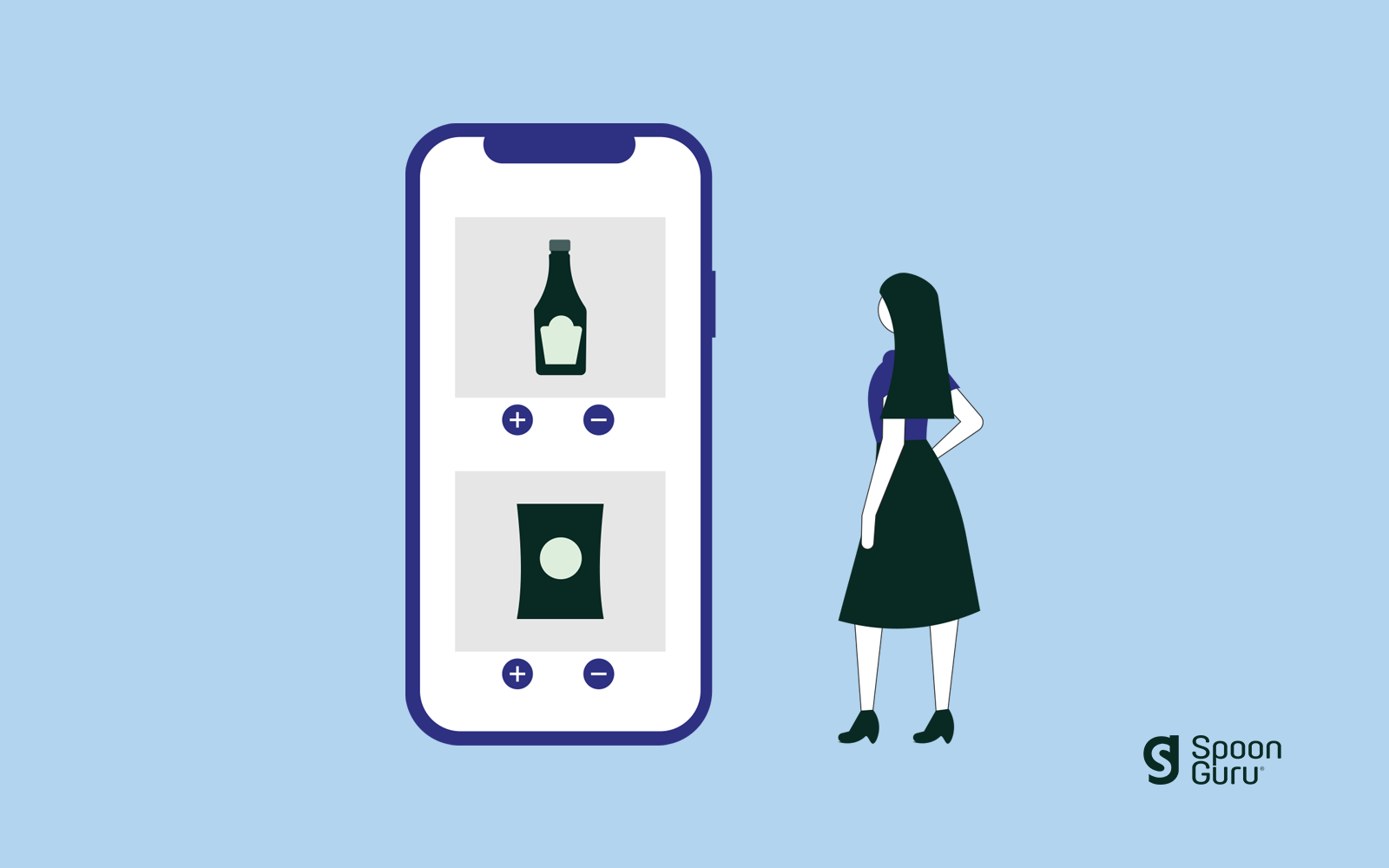A new survey from AlixPartners finds that while nearly half of consumers believe health and wellness have become more important over the past year during the pandemic, the reality is that healthier products occupy less than a quarter of consumer spend. So how do we shift that desire into changing what is in consumers’ shopping baskets? We need to educate and empower these shoppers with information that is easy to understand and truthful.
This survey found 49% of consumers across six global markets and 46% of consumers in the United States believe a healthy lifestyle has become more important. Not surprising. But they also found that healthy options represent just 21% of consumers’ wallets across all product categories.
The survey also found that the primary barriers preventing consumers from purchasing healthier products are price, a lack of clear product information and availability in stores. “Healthier products tend to have a price premium, but that has gone down in terms of being a barrier,” said Randy Burt, managing director at AlixPartners. “What’s emerged as a more effective barrier for food is taste and variety.” The survey found prepared refrigerated and frozen meals are attracting more demand for healthier options than any other food or non-food product category. Half of the surveyed consumers said there is a lack of fresh and frozen ready meal options in stores and that they would like to see a greater range made available. In addition, forty-seven percent of consumers said they want to see healthier salty snack options, and 44% said the same for bread and baked foods. Consumers also said they want to see healthier confectionery products (41%), breakfast cereals (39%) dairy products and dairy-free alternatives (38%), and fresh meat and meat alternatives (37%). Back to the issue of what is considered ‘healthy,’ which in my opinion, is the biggest problem; what’s healthy for one individual may be different for another.
Unlike other countries, including the United Kingdom and Australia, in the US the FDA has struggled with defining criteria that could make it easier for shoppers to understand how to select foods – and it appears that now the US Food & Drug Administration is going down a path that might make it even more complicated.
In 1994, FDA issued a definition of “healthy” and authorized food manufacturers to use the term “healthy”. Under the regulation, food manufacturers could use the term “healthy” and related terms (i.e., “health, “healthful,” etc.) on food labels if the food met certain nutritional requirements. While the nutritional requirements differ depending on the type of food and the serving size, most packaged foods had to meet the following requirements under the current regulation:
- Low fat 3g of fat or less
- Low saturated fat 1g of saturated fat or less
- The disclosure level for cholesterol 60 mg cholesterol or less
- 480 mg or less of sodium
- At least 10% of the RDI or DRV for vitamin A, vitamin C, calcium, iron, protein or fiber
Then twenty plus years later, on September 28, 2016, amid growing criticism of the existing “healthy” definition prompted FDA to announce the start of a public process to redefine “healthy.” Critics pointed out that the existing definition was not consistent with current dietary recommendations and the updated Nutrition Facts label issued in 2016.
Five years have passed since FDA announced its reconsideration of the “healthy” definition and FDA has not yet issued a proposed new definition. Suddenly, on May 6 of this year, the FDA announced that it is considering the development of a front of package graphic symbol to help consumers identify packaged food products that meet FDA’s anticipated definition of “healthy.” One wonders how it is even possible to jump to designing a label before the criteria for that label is even set.
There are now a slew of front of package label schemes that are often confusing to shoppers, number ratings, traffic light colors of red, yellow and green, number of stars to signify how healthy a product is – and there are problems: the accuracy of the data that is being used to create these labels, the lack of consistency of ratings between stores and the lack of transparency of how these scoring systems actually evaluate the products. I don’t think the solution is going to come from research to figure out a graphic symbol – there needs to be strict, science-based and proven definitions of product attributes that can be communicated and easily understood by shoppers.
